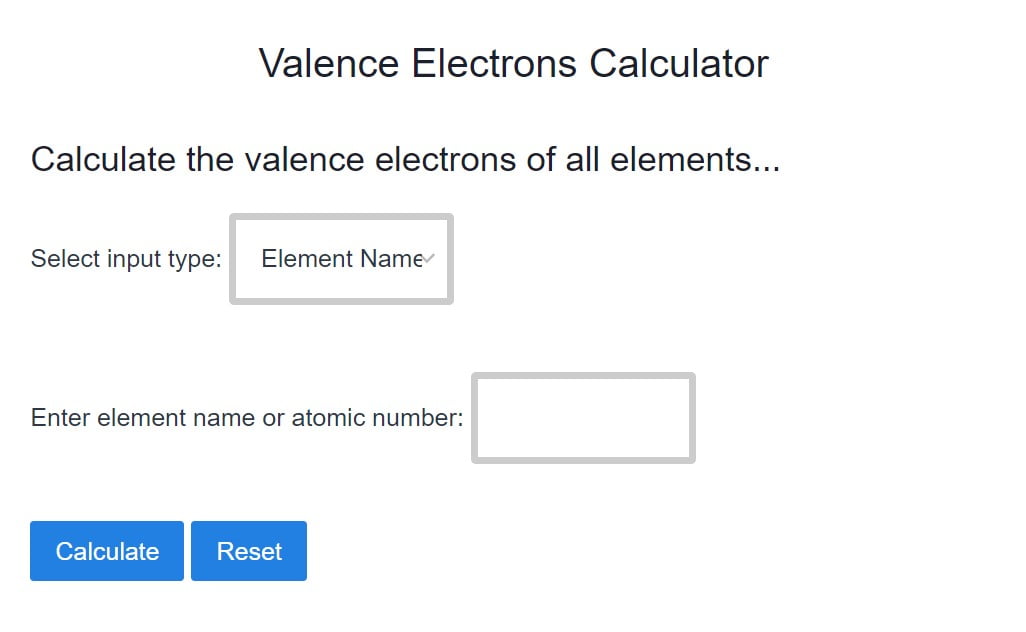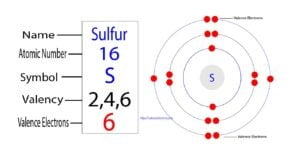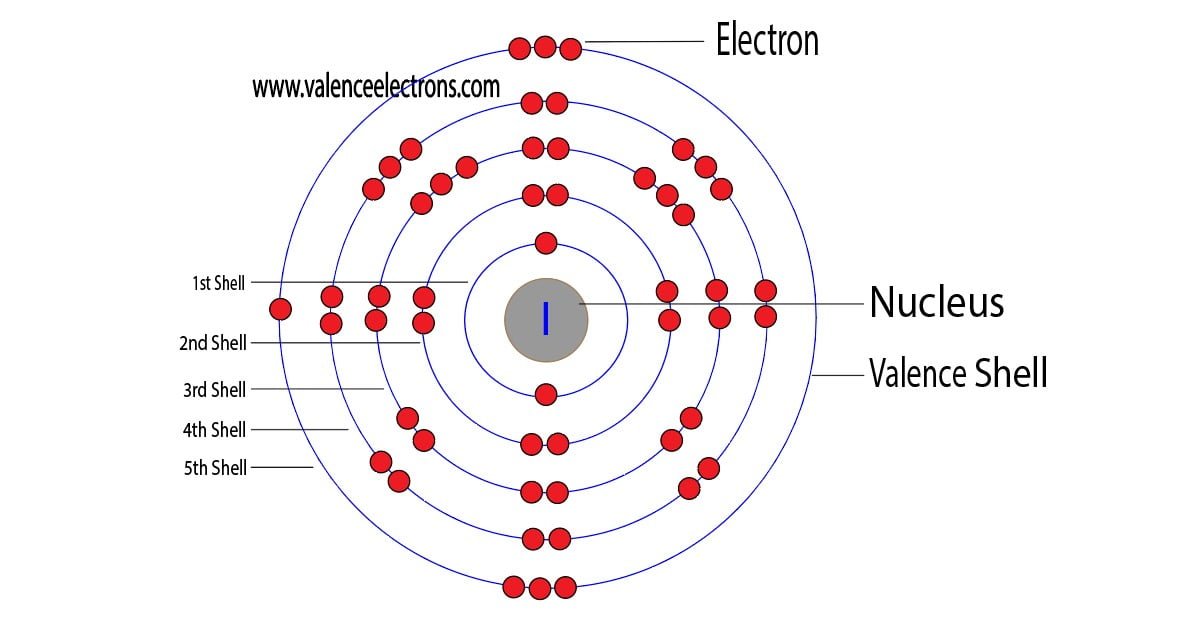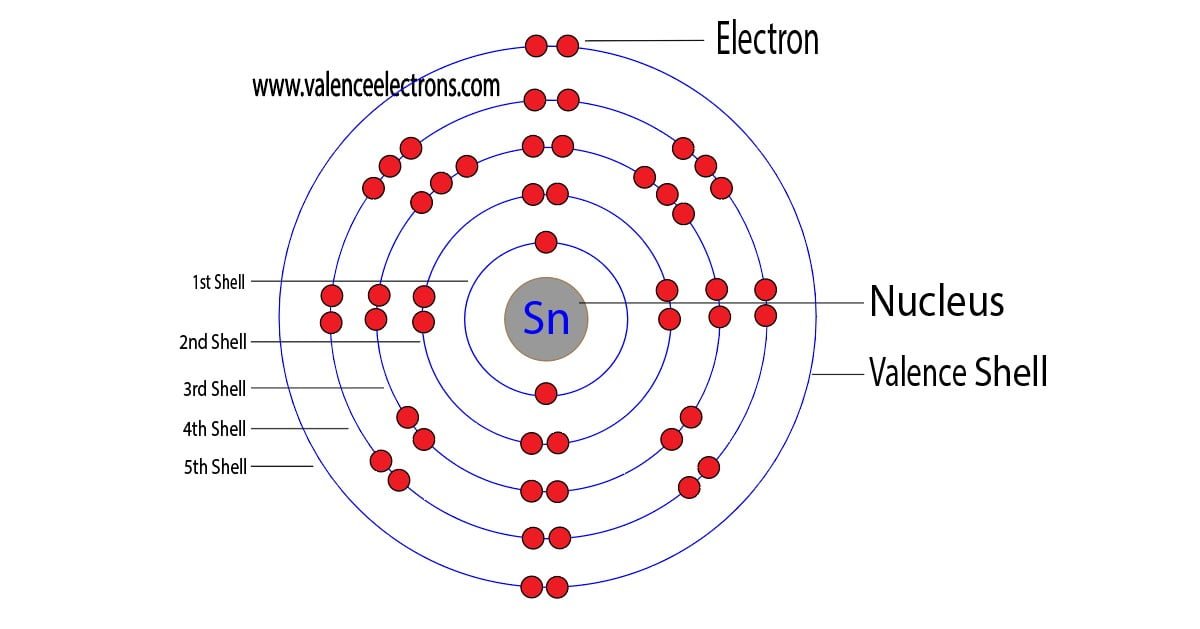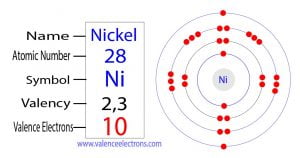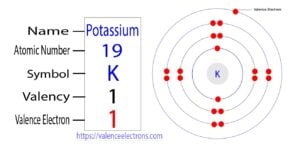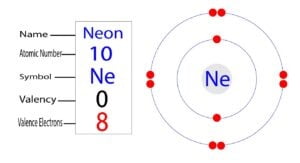How to Find the Valence Electrons for HNO3 (Nitric acid)?
The total number of electrons in the last orbit of an element is called the valence electrons of that element. Two or more elements combine to form compounds.
The valence electrons of a compound are the sum of the total valence electrons of each element in that compound. Nitric acid is composed of three elements. One is hydrogen, and the other two elements are nitrogen and oxygen.
The valence electrons of nitric acid are the sum of the total valence electrons of hydrogen, nitrogen, and oxygen in the compound HNO3. The nitric acid compound has a total of twenty-four electrons in the last orbits of hydrogen, nitrogen, and oxygen.
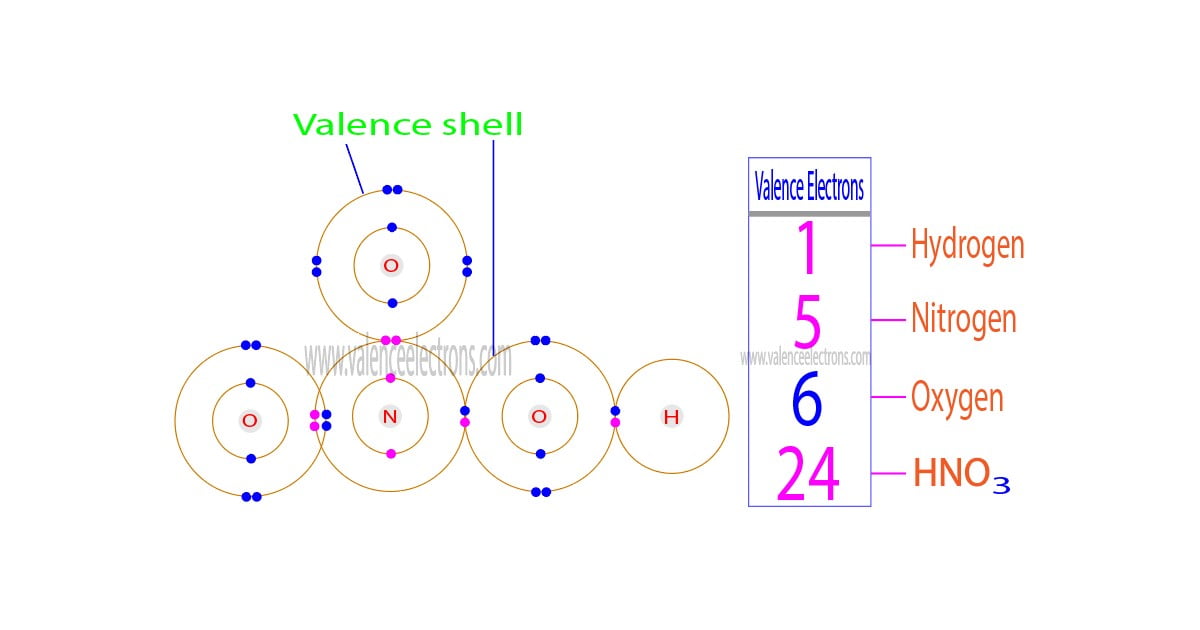
Hence, the total number of valence electrons in nitric acid is twenty-four. To determine the valence electrons of a compound, the number of valence electrons in each element of the compound must be known.
This article discusses in detail how to determine the valence electrons of nitric acid very easily. Hopefully, after reading this article you will know more about this topic.
How to easily determine the number of valence electrons of HNO3?
The symbol form of nitric acid is HNO3. To determine the valence electrons of HNO3, it is first necessary to know the valence electrons of the hydrogen, nitrogen, and oxygen atoms.
To determine the valence electrons of nitric acid we have to follow two steps. It is shown below:
Step 1: Determine the valence electrons of hydrogen, nitrogen, and oxygen atoms
The atomic number of hydrogen is 1. So its total number of electrons is one. The electron configuration of hydrogen shows that it has an electron in its last orbit.
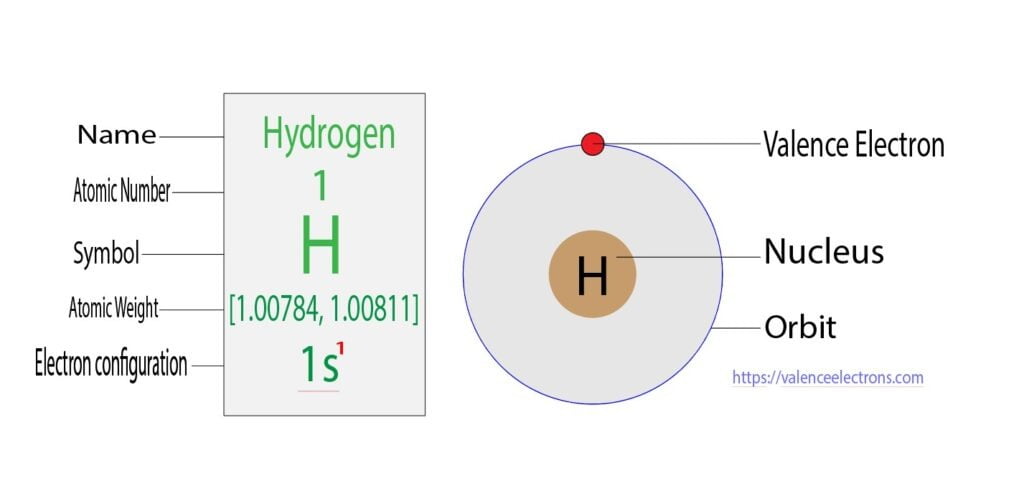
We already know that the electrons in the last orbit of an element are the valence electrons of that element. Therefore, the valence electrons of hydrogen are one.
On the other hand, the atomic number of nitrogen is 7. So its total number of electrons is seven.
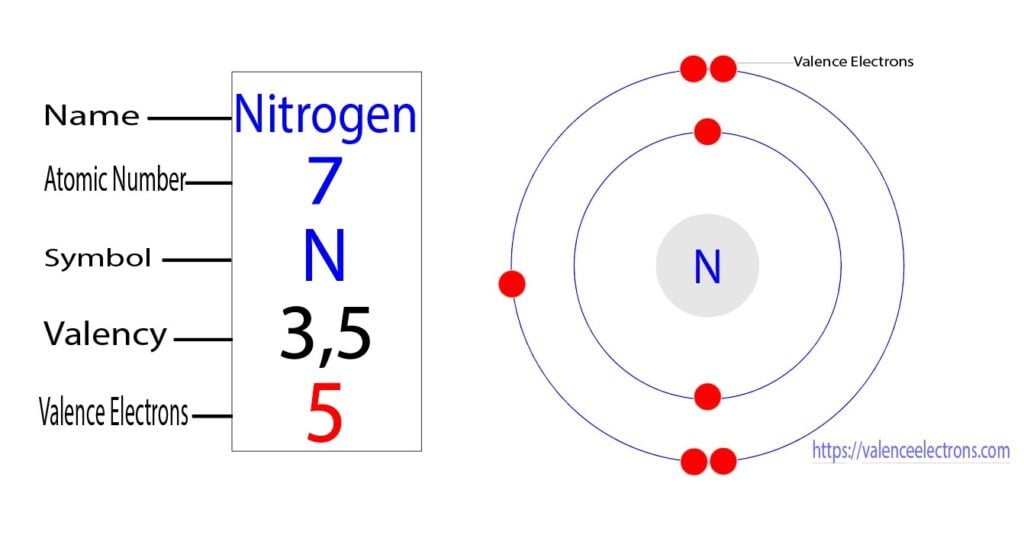
The electron configuration of nitrogen shows that it has five electrons in its last orbit. Therefore, the valence electrons of nitrogen are five. Again, the atomic number of oxygen is 8. So its total number of electrons is eight.
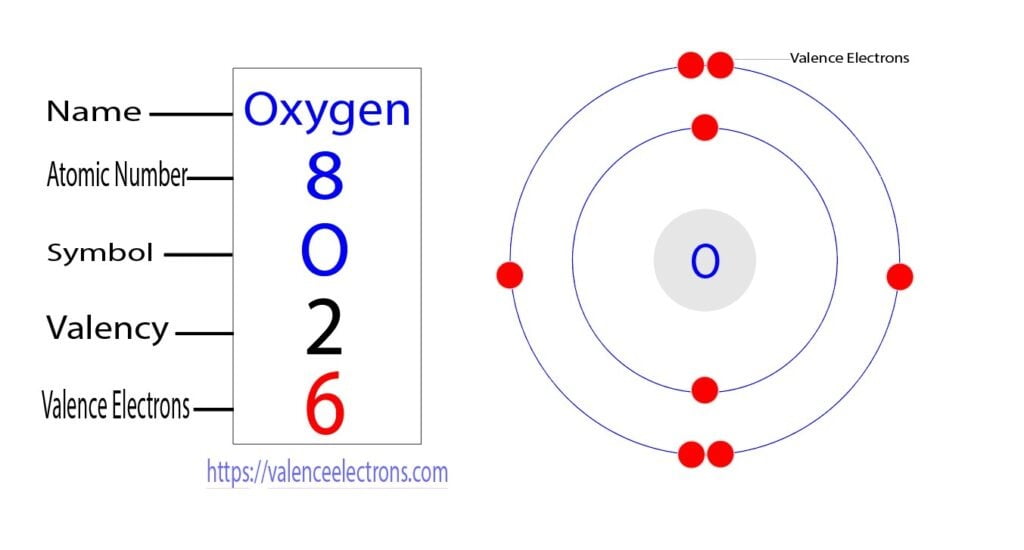
The electron configuration of oxygen shows that it has six electrons in its last orbit. Therefore, the valence electrons of oxygen are six.
Step 2: Determine the total number of valence electrons in the nitric acid compound
Nitric acid is a compound. It is composed of one hydrogen atom, one nitrogen atom, and three oxygen atoms.
Therefore, adding the valence electrons of one hydrogen atom, one nitrogen atom, and three oxygen atoms can easily determine the valence electrons of nitric acid.
Mathematical Analysis:
HNO3
= 1 + 5 + (6×3)
= 24
| Hydrogen (H) | Nitrogen (N) | Oxygen (O) | Nitric acid (HNO3) |
| 1 | 5 | 6 | 24 |
From the above mathematical analysis, we can see that the total number of electrons in the outermost orbit of HNO3 is twenty-four. Therefore, the valence electrons of HNO3 are twenty-four.
Why do you need to know the valence electrons of an element?
In addition to knowing the number of electrons of an element, it is also necessary to know the number of valence electrons of that element. The number of valence electrons of an element carries important properties of that element.
Many important properties of elements and compounds can be determined by valence electrons. Some important features are mentioned below:
- Determining the element’s position in the periodic table
- Determining the number of groups of elements in the periodic table
- Determining Valency
- Lewis dot formation
- Determination of the molecular structure of the compound
- Determination of bond pairs and non-pair electrons of compounds
Valence electrons are related to the characteristics of a compound. So we need to know the valence electrons of all the elements to determine the properties of compounds.
